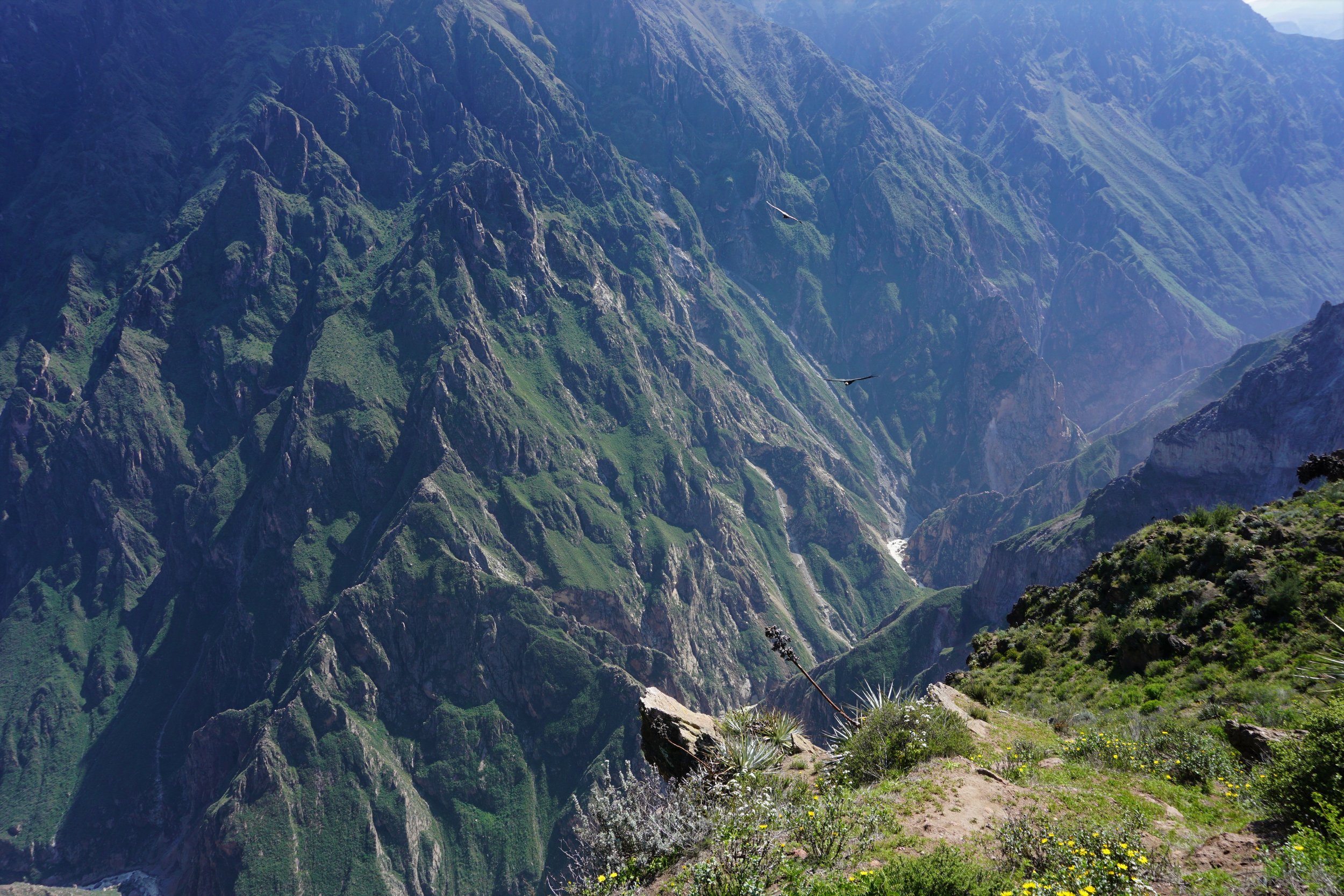
Refugio de Señora Maria Luisa
Acoria, Peru
In the heart of the majestic Andes, 1km from the town of Acoria, lies a refuge unlike any other—a sanctuary cradled by the ancient mountains, where the whispers of nature and the wisdom of the earth come together to embrace every soul that enters. This is Refugio de Señora Maria Luisa, a place where time slows, and the spirit of the Andes reignites a connection to something far deeper than daily life allows.
Here, 3500m above sea level, in the silence of the highlands, you can feel the pulse of Pachamama—the Andean mother earth—resonating beneath your feet. The crisp air carries the scent of wild herbs, and the sky stretches endlessly above, as if reflecting the limitless potential within each person who journeys here. Surrounded by terraced fields, flowing rivers, and the ever-watchful peaks, this refuge offers a rare blend of remoteness and authenticity, steeped in the traditions of the local Quechua communities.
This land, untouched by the rush of modern life, holds stories within its soil. Ancient footpaths wind through the valleys, where farmers still plant crops by the cycles of the moon and offer thanks to the Apus, the mountain spirits. The mountains, with their weathered faces and towering presence, have watched over centuries of sacred ceremonies.
At Refugio de Señora Maria Luisa, you’re invited to journey inward while immersed in the timeless beauty of the Andes. This space is not just a retreat; it’s a return—to simplicity, to nature, to the wisdom that lives within each of us. Whether through meditation, body therapy, coaching, or simply gazing into the endless horizon, here you will discover the transformative power of stillness and the healing that comes from aligning with the rhythms of nature.
Step into the refuge and let the Andes cradle your spirit. Here, where the mountains meet the sky, the journey of transformation begins.
¨Acoria, el paraíso perdido"
(Acoria, the lost paradise)
Acoria is a small, picturesque town located in the Huancavelica region of Peru, nestled in the Andean highlands. At an altitude of around 3,200 meters (10,500 feet) above sea level, Acoria offers stunning views of the surrounding mountains and valleys. Its high altitude gives it a cool, temperate climate, with crisp mornings and evenings, perfect for enjoying the tranquil beauty of the area.
The people of Acoria are deeply connected to their Andean roots. The town is home to a predominantly Quechua-speaking population, where traditional customs and ways of life have been preserved for generations. The residents are warm and welcoming, with a strong sense of community and an agricultural lifestyle that revolves around the rhythms of the land and seasons. Farming is central to life in Acoria, with families growing high-altitude crops like potatoes, corn, quinoa, and barley.
Acoria is rich in cultural traditions, many of which are tied to the agricultural calendar and indigenous Andean spirituality. The people honor the Pachamama (Mother Earth) with ceremonies that include offerings of coca leaves, maize, and other products of the land. Festivals are a vibrant part of life here, with celebrations often involving traditional music, dances, and colorful costumes. The town participates in regional festivities, such as the Inti Raymi (Festival of the Sun) and Qoyllur Rit’i, where ancient rites blend with Catholic influences brought during the colonial period.
The Apus, or sacred mountain spirits, play an important role in local belief systems, with ceremonies held to ask for protection and blessings from these powerful forces. One of the most unique aspects of the region’s spirituality is its use of plant medicine, including the sacred cactus San Pedro and Ayahuasca, used in healing and spiritual ceremonies.
The cuisine in Acoria reflects its high-altitude location and the agricultural wealth of the region. Traditional dishes are hearty, often featuring potatoes, which are a staple crop in the Andes. One popular dish is pachamanca, a feast of meats, potatoes, corn, and vegetables cooked in an earth oven heated by stones, a method that has been used by the Andean people for centuries.
Other local foods include trucha (trout) from nearby rivers, quinoa soup, and a variety of stews made with native ingredients like oca, ulluco, and mashua, which are tubers cultivated in the highlands. You’ll also find tamales made from corn dough filled with meat or cheese, and chuño, a freeze-dried potato product that has been part of the Andean diet since ancient times.
Acoria is a small town, with a population of approximately 7,000 people, though this number can fluctuate due to migration to larger cities. Despite its modest size, Acoria maintains a vibrant community where traditional lifestyles and modern influences coexist. Most of the population is engaged in agriculture, though some also work in trade or travel to nearby Huancavelica for additional employment opportunities.
Acoria’s isolation and its connection to the mountains have helped preserve its unique culture and way of life, making it a serene destination for those seeking a deep connection with the Andean world. The town’s peaceful atmosphere, rich traditions, and stunning natural surroundings offer visitors an authentic glimpse into life in the Peruvian highlands.



